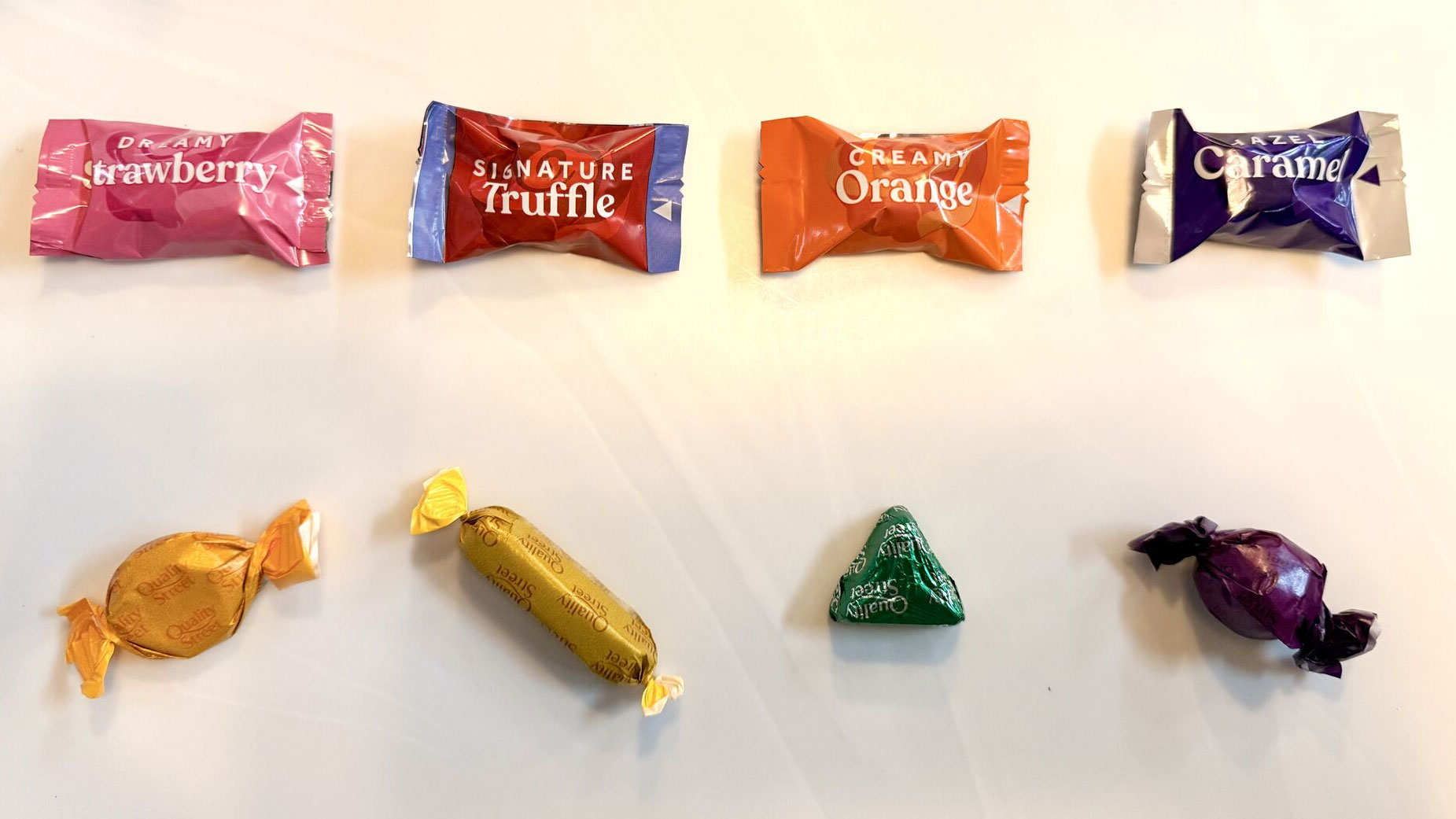
The creative industry has officially crossed the AI Rubicon, and no one seems entirely sure how to steer. According to Envato’s new Beyond Adoption: The State of AI in Creative Work 2026 report, nearly half of all creative professionals now use AI tools daily. The catch? Confidence hasn’t kept up with enthusiasm, and even the so-called 'AI-native' generation is winging it.
This latest global snapshot, which surveyed over 1,700 creatives across disciplines, paints a vivid picture of an industry that’s no longer wondering if AI matters but is more focused on how to manage it. It comes after Coca-Cola's AI ad puts the tech back in the spotlight for creatives. The results of the survey suggest creatives are both inspired and uneasy about AI use, which matches how people I've spoken to at AI conferences like Upscale.
Keep in mind also, Envato has a suite of AI tools on its site, so while it traditionally serves artists who want to sell images, connect in a community, and learn new skills, the brand does have a stake in the AI game.
The Gen Z AI paradox
But the findings remain interesting, and show Gen Z has taken the lead in AI adoption, with more than half saying they use AI in their creative work every day. They’ve grown up remixing, reinterpreting, and retooling, so integrating AI feels like a natural extension of that mindset. But the confidence gap tells another story.
Only 37% of Gen Z creatives told Envato they feel “very prepared” for an AI future. That’s higher than Millennials (30%) and Gen X (28%), but hardly the bravado you might expect from a generation supposedly fluent in all things digital.
The reality is more nuanced. Gen Z understands AI’s rhythm, but not yet its rules. They’re enthusiastic early adopters still figuring out how to make these tools shine on client work, not just in experiments. As the report puts it, “high usage doesn’t equal high fluency.”
A creative industry in limbo
Across generations, the numbers tell a similar tale: 43% of respondents said they feel “energised” by AI, while 20% described themselves as “conflicted.” Just 3% are steering clear of it altogether, a clear sign that resistance is fading and reality is catching up. Though how much of this is driven by clients' expectations for buzzy AI projects, because it's new and carries caché, and how much is driven by need remains to be seen.
Daily design news, reviews, how-tos and more, as picked by the editors.
Yet readiness remains a problem. Almost 70% of creatives admit they don’t feel “very prepared” for an AI-driven industry. That gap between excitement and uncertainty is the new normal, and, as Envato CEO Hichame Assi notes, it’s also where the real opportunity lies.
For older creatives, the shift feels especially personal. Many spent years refining technical craft, only to find clients now asking if AI can do it cheaper. “It’s not about learning the tools,” one designer told researchers. “It’s about proving why your eye still matters.”

The new creative routine
Younger creatives are responding with discipline, not panic. Many are adding “prompt practice” to their daily routines, learning how to coax the right tone, texture, or lighting from generative tools. In a sense, prompting has become the new Photoshop, a skill that rewards intuition and persistence more than seniority.
The report hints at an uncomfortable truth: entry-level roles may be the first to disappear. As AI automates basic production tasks, Gen Z could skip the traditional apprenticeship stage altogether, forced to focus instead on direction, strategy, and taste. That’s both liberating and destabilising.
Six in ten respondents said clients now assume AI makes everything quicker and cheaper (which is not always the case). Half admitted they’ve used AI in client work without disclosure, worried that transparency might undercut their rates.
It’s a tension that cuts to the heart of the modern creative economy, the belief that faster equals easier, and that artistry can be automated. As more creatives integrate AI into their process, the question becomes not if they should tell clients, but how to explain its value.
The AI art future?
Envato’s report closes on a hopeful note: AI isn’t replacing creativity, it’s exposing complacency. The next few years won’t belong to those who simply adopted AI first, but to those who use it intentionally, ethically, and with an eye for human context.
The AI conundrum keeps rolling, for every time we believe there's a legitimate future for AI art, we're reminded of the biggest AI art controversies, and need to rethink. That to and fro doesn't appear to be ending soon, particularly as the best digital art software now includes some kind of AI.

Ian Dean is Editor, Digital Arts & 3D at Creative Bloq, and the former editor of many leading magazines. These titles included ImagineFX, 3D World and video game titles Play and Official PlayStation Magazine. Ian launched Xbox magazine X360 and edited PlayStation World. For Creative Bloq, Ian combines his experiences to bring the latest news on digital art, VFX and video games and tech, and in his spare time he doodles in Procreate, ArtRage, and Rebelle while finding time to play Xbox and PS5.
You must confirm your public display name before commenting
Please logout and then login again, you will then be prompted to enter your display name.
